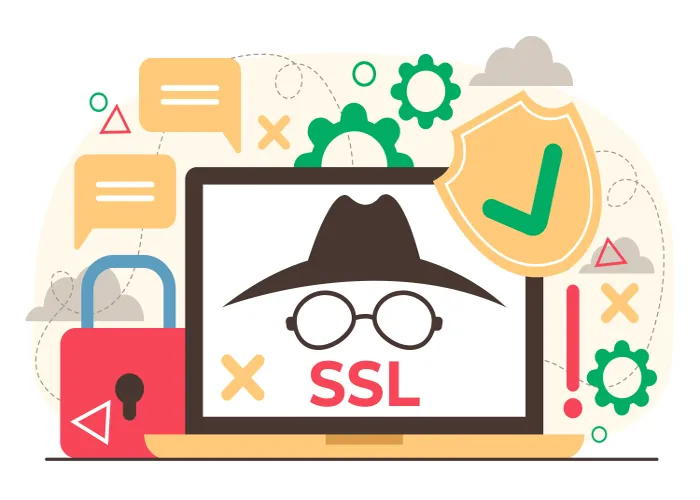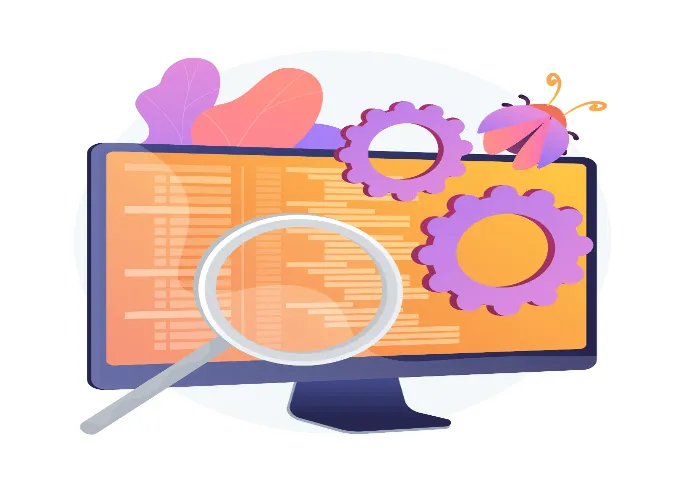Know the Fundamentals of Sanity Testing

Introduction
In the ever-evolving landscape of software testing, where meticulous attention to detail reigns supreme, there exists a lesser-known yet highly effective type of testing: Sanity Testing. Despite its unassuming name, sanity testing plays a crucial role in ensuring the stability, functionality, and sanity of software systems before they are unleashed into the wild.
In this post, I will dive into what sanity testing is, its benefits, a real-world example, why it’s indispensable. I will also provide some tips for executing effectively Sanity Testing.
What is Sanity Testing?
Sanity testing, also known as sanity check or build verification testing (BVT), is a form of software testing that quickly evaluates whether the most critical functionalities of an application work as expected. Unlike exhaustive testing methods, sanity testing focuses on validating specific areas of functionality or code changes rather than testing every aspect of the software. It aims to determine if the software is stable enough for further, more comprehensive testing.
Why is Sanity Testing Used?
Sanity testing is employed for several reasons:
Rapid Assessment:
It provides a quick evaluation of critical functionalities, allowing teams to assess the overall health of the software without investing significant time and resources.
Risk Mitigation:
By identifying major issues early on, sanity testing helps mitigate the risk of critical failures in production, safeguarding the reputation and credibility of the software.
Optimized Testing Efforts:
Sanity testing optimizes testing efforts by focusing on high-priority areas, enabling teams to allocate resources more efficiently and accelerate the testing process.
The Benefits of Sanity Testing
Early Detection of Major Issues:
By focusing on core functionalities, sanity testing helps uncover major defects early in the development lifecycle, saving time and resources.
Fast Feedback Loop:
Since sanity testing is quick and focused, it provides rapid feedback to developers, allowing them to address issues promptly and iterate efficiently.
Cost-Effective:
As sanity testing targets essential features, it optimizes testing efforts and reduces unnecessary overhead, making it a cost-effective approach to ensuring software quality.
Improved Release Confidence:
By verifying critical functionalities, sanity testing instills confidence in the stability and reliability of software releases, reducing the risk of critical failures in production environments.
Example of Sanity Testing
Consider a web-based e-commerce platform undergoing an update to its payment processing system. During sanity testing, testers would focus on essential functionalities such as adding items to the cart, initiating the checkout process, and completing payment transactions. By verifying these critical functions, testers can ensure that the core operations of the platform remain intact despite the changes made to the payment system.
Tips for Effective Sanity Testing
Define Clear Objectives:
Clearly define the scope and objectives of sanity testing to ensure that testers focus on verifying critical functionalities relevant to the current development phase.
Automate Where Possible:
Leverage automation tools to streamline the execution of sanity tests, allowing for faster feedback and more frequent iterations.
Prioritize Test Cases:
Prioritize test cases based on their impact on core functionalities and business objectives, focusing on areas with the highest risk or likelihood of failure.
Collaborate Across Teams:
Foster collaboration between development, testing, and business stakeholders to ensure alignment on priorities and facilitate rapid issue resolution.
Iterate and Refine:
Continuously refine sanity testing processes based on feedback and lessons learned, adapting them to evolving project requirements and development practices.
Conclusion
In conclusion, sanity testing may be modest in scope, but its impact on software quality and release confidence is anything but insignificant. By validating critical functionalities early and efficiently, sanity testing helps teams navigate the complexities of software development with greater assurance and agility. Embracing sanity testing as a cornerstone of the testing strategy can lead to more robust, reliable, and resilient software products in an ever-evolving digital landscape.





🗨️ Reader Comments